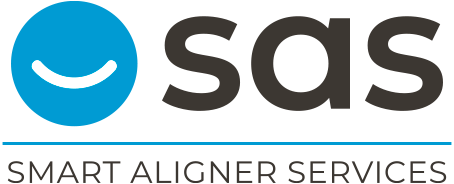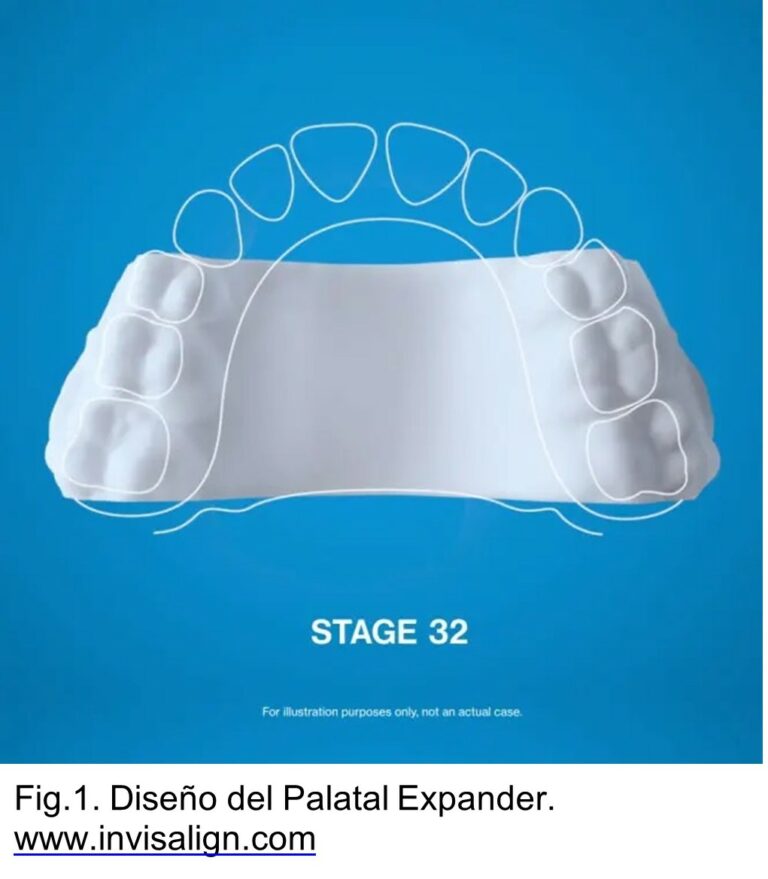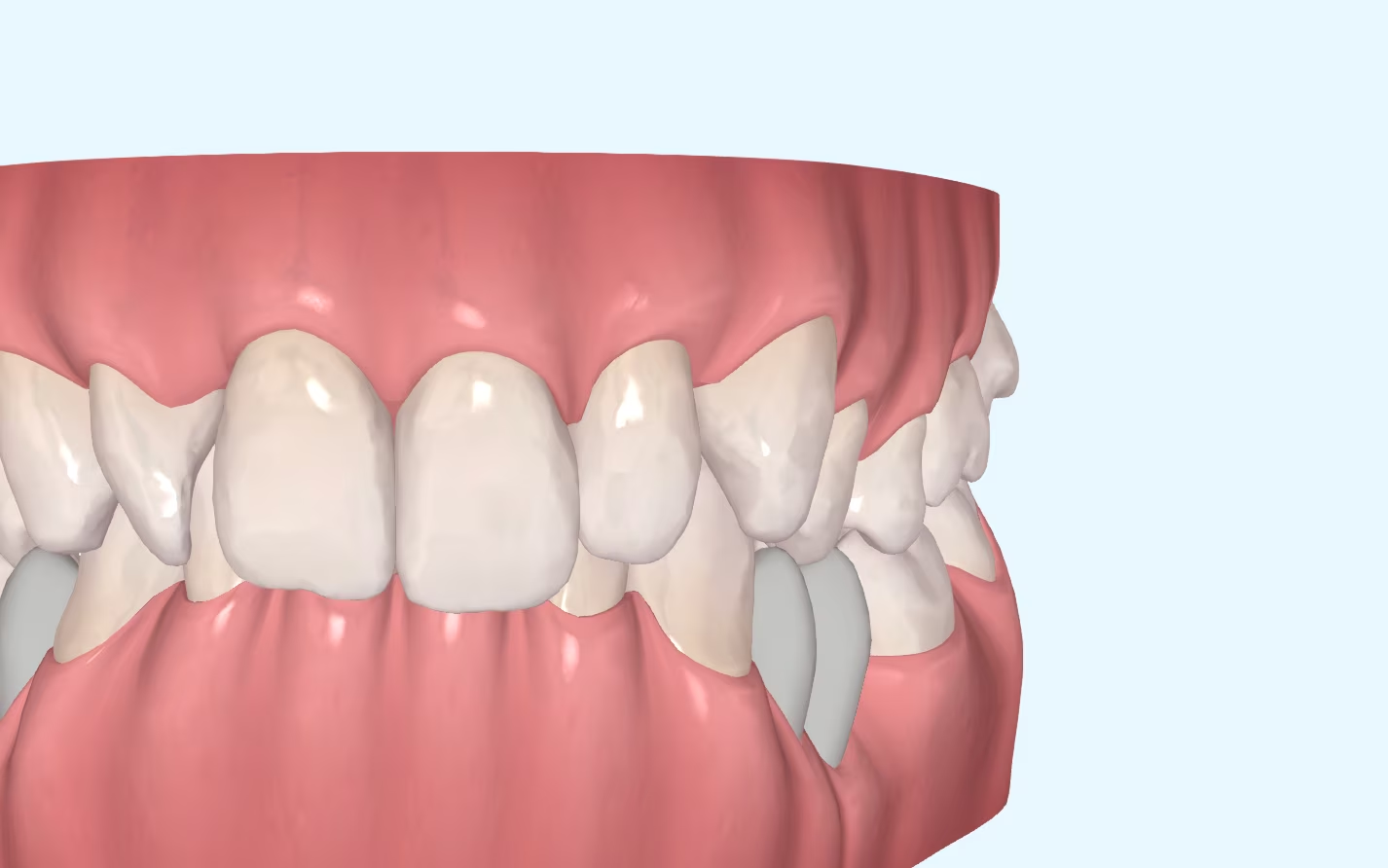
Mastering the Overbite: Strategies and Challenges:
Challenges of Overbite
In the more than 20 years that we have been working with invisible orthodontics, we have gone from considering some malocclusions "impossible" to daring to resolve any type of case with them. One of the most difficult clinical conditions in the early days of aligners (and still occurs under certain circumstances) was the augmented overbite.
Current outlook
After a continuous process of evolution, which includes factors such as the development of specific attachments for the treatment of this problem, the introduction of bite ramps or the concept of hypercorrection, we can say that, today, aligners are an equally valid tool as brackets to treat most of our patients with this problem. overbite.
Treatment Strategies for Overbite
When we deal with a case of overbite with brackets and with aligners, the biomechanical strategies or "concepts" that we are going to apply will have some similarities. Despite these similarities, fixed orthodontics provides a series of benefits over aligners that can make the evolution of the case more predictable without the need to use auxiliary techniques. In other words: a complete overbite will be easier to solve with braces than with aligners.
In a patient who has braces, we can also place bite ramps to achieve disocclusion and thus facilitate posterior extrusion. This leveling possible thanks to the free space created by the anterior ramps, will not be achieved in the same way with aligners for two reasons:
- The aligner bite ramps are not constantly working. Each time the patient removes the aligners, they cease to have an effect, and the occlusal forces act on the teeth being extruded.
- The aligners cover the teeth completely, and this includes their occlusal surface, which also limits subsequent extrusion.
For these reasons, although we may apply similar mechanics with either system, we must understand that aligners may not be as effective and may in turn require additional tools, such as micro-screws, to resolve the malocclusion.
In addition to the use of these auxiliary techniques, proper case planning will be another factor to consider in the success of the treatment. And within this planning, overcorrections will play an important role. We know that intrusion is not a very predictable movement, and even more so the greater the number of teeth to be intruded, hence the need to exaggerate it. But... is it equally difficult for all our patients?
Considerations
A recently published study helps us answer this question. Like so many other malocclusions, the ease with which we resolve a deep bite will be related to the age of the patient, and the younger the patient, the easier it is to correct. This is interesting for us, as we will put it into practice when we are modifying our ClinChecks, Approvers or iOrtho with the 3D controls. In an adult patient, we will make a greater overcorrection than in an adolescent, since the movements in a person without growth will not be achieved with the same effectiveness. Why is it easier to correct an overbite in a child or adolescent? There are several factors that explain it:
- Mandibular ramus growth
- Molar eruption
- Bone remodeling
There are also two factors that we find in adults that can make this correction more difficult:
- Excessive tooth wear
- The higher prevalence of bruxism
 Overcorrections applied in deep bite cases of an adult patient (A) and growing patient (B).
Overcorrections applied in deep bite cases of an adult patient (A) and growing patient (B).
Without dwelling too much on the causes, let us analyze the biomechanics that we have to apply in one or the other case. In growing patients, as it is easier to correct this overbite, hypercorrection will be less, as we can see in the image. However, when we are treating an adult, we will try to end up with a slight open bite, since this leveling will be more difficult to achieve. Along with these overcorrections, the placement of bite ramps will help us achieve the desired results in a more predictable manner.
Conclusion
In short, age is a factor to be taken into account in the resolution of the deep bite, and we must adapt the planning to each patient according to his or her age, without forgetting that this is just one more variable among all those that can affect the development of the treatment.
If you want to know more about overbite and become an expert in planning ClinChecks and Approvers, don't hesitate to find out about the SAS Method. You will learn how to treat malocclusions in the field of invisible orthodontics.
Kravitz ND et al. Does age influence deep overbite correction with Invisalign? A prospective study evaluating mandibular incisor intrusion in adolescents vs adults. Angle Orthod. 2024;94:145–150.
Share this post:
Other entries
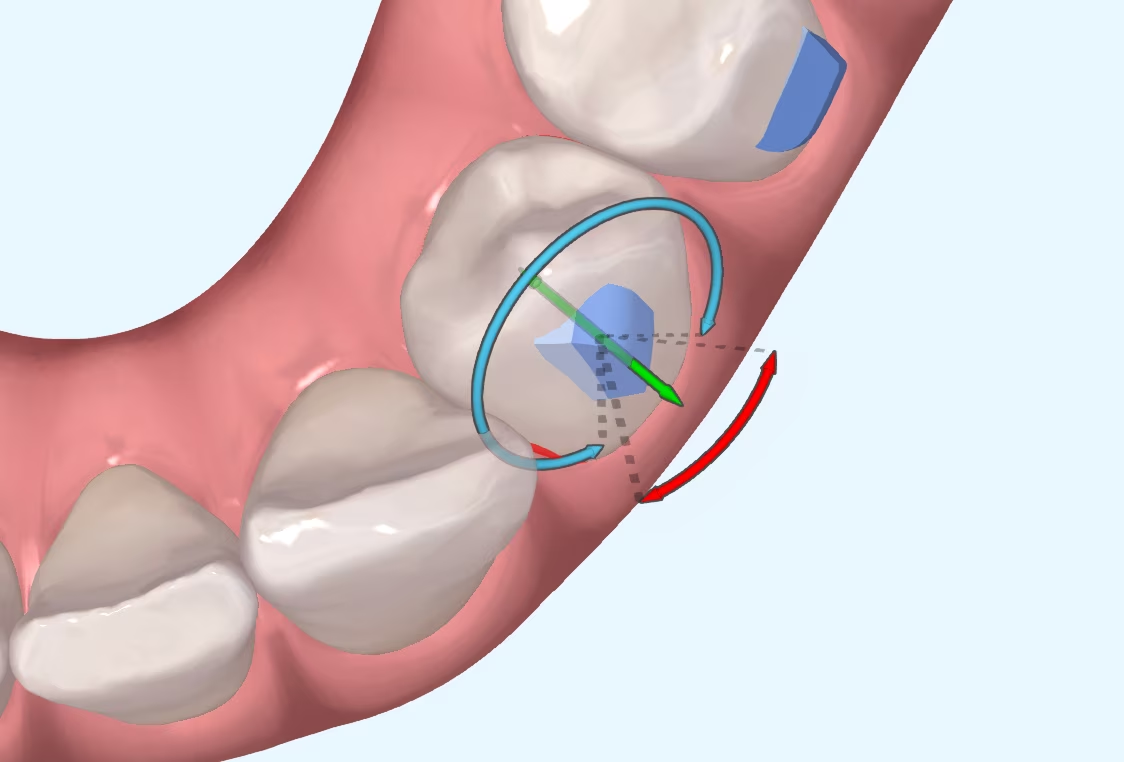
Which attachments are better for premolar rotation?
I suppose many of you are familiar with the myth of Achilles, the Greek hero who was immersed as a child in the River Styx by his mother in order to make him
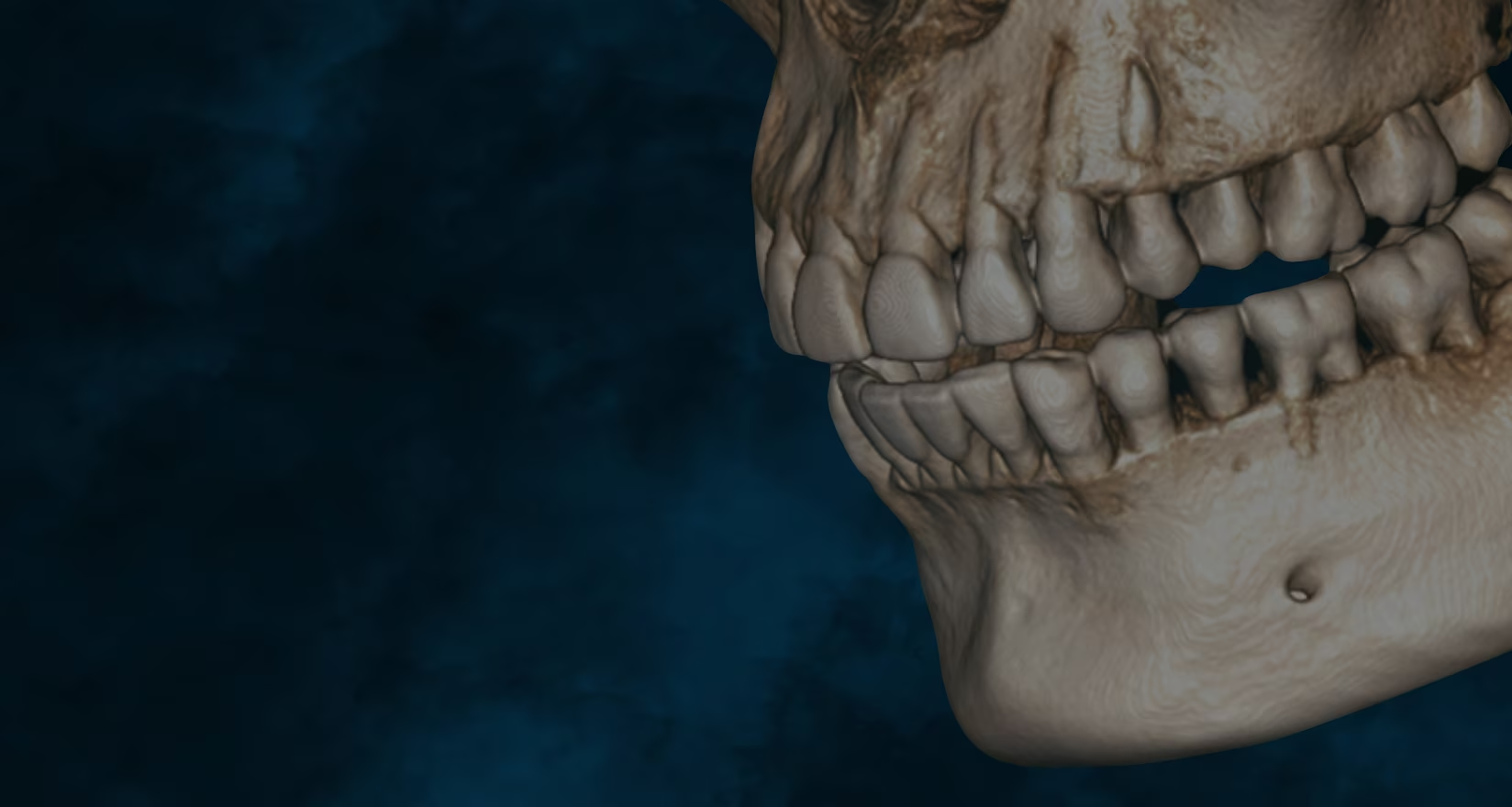
Has CBCT been a step forward in dentistry?
What is CBCT? CBCT is a medical imaging technique that uses a special type of computed tomography (CT) scan to obtain three-dimensional images.

Mastering the Overbite: Strategies and Challenges:
Challenges of Overbite In the more than 20 years that we have been working with invisible orthodontics, we have gone from considering some malocclusions "impossible" to daring to

Are we aware of what we are doing?
It is not a question to make us feel guilty. It is only a question that invites us to reflect, to think about the impact we can have in
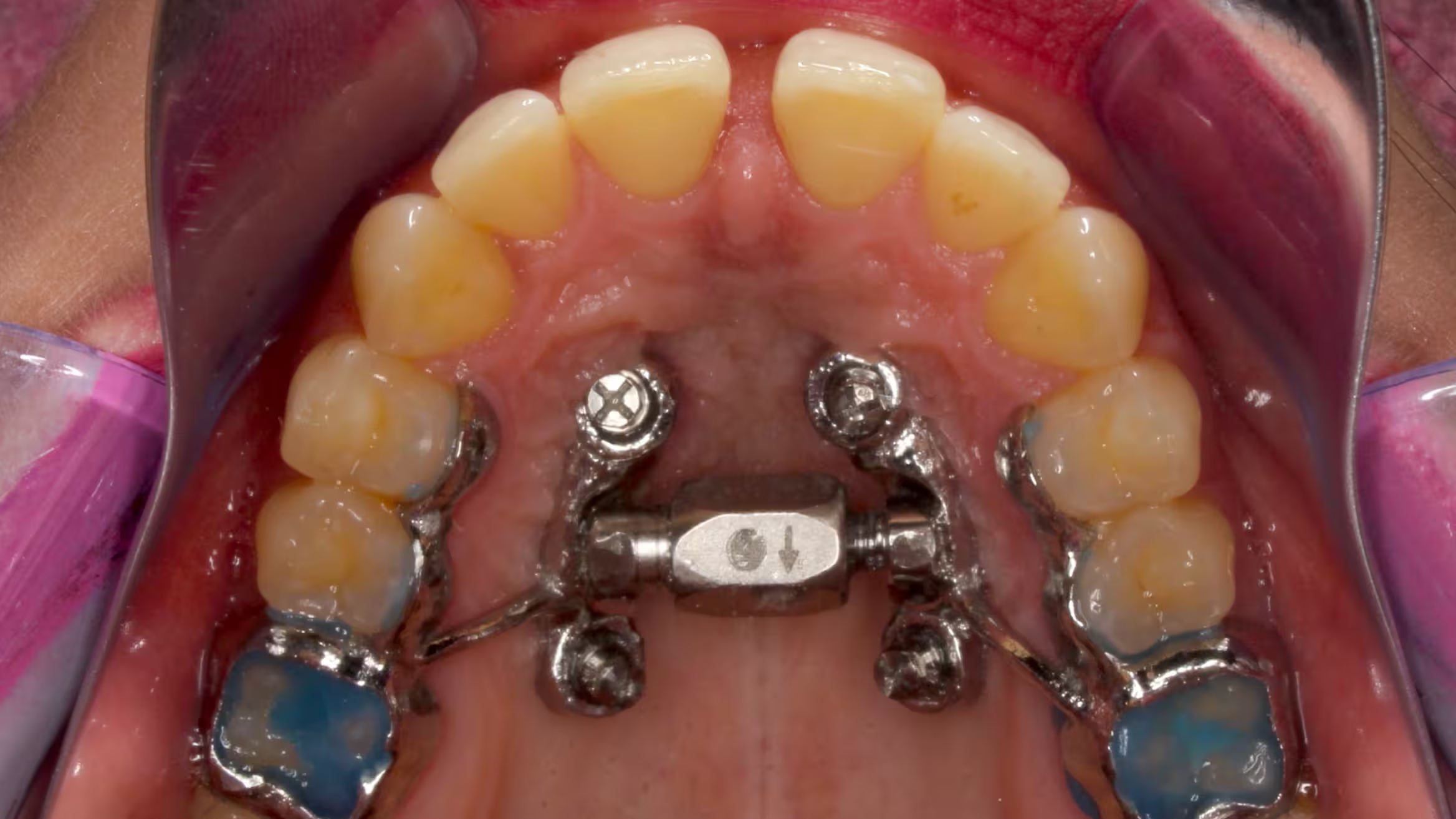
MARPE: Is there an age limit for placement?
Introduction: Understanding Maxillary Compression Maxillary compression is a relatively common problem seen in our daily practice. This osseodental discrepancy that presents the
